-
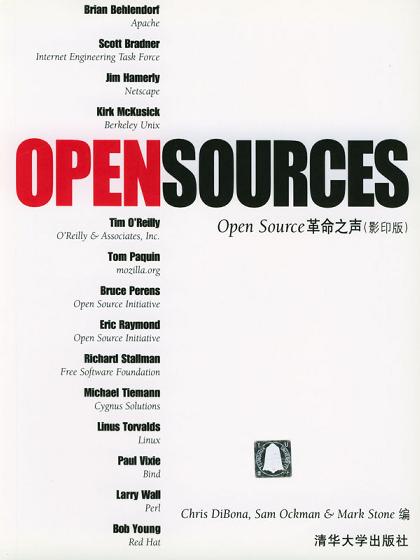
OPEN SOURCES革命之声(影印版)
世界各地成千上万的程序员提供了可免费使用的源代码:这就是被称为Open Source的软件革命的精神。如今,Open Source的领袖们第一次聚集到一起,讨论他们所开创的这个软件产业的未来前景。本书中的这些短文透析了Open Source的工作方式、其成功的原因,以及Open Source将去向何方。对于致力于Open Source项目的那些程序员来说,Open Source是一种新的信仰;这项运动的精神领袖们为这些程序员描绘了一幅美好的前景。对于将Open Source软件集成到企业运作中的那些公司来说,Open Source揭示了开放式开发如何能够构建出更好的软件,并揭示出企业如何利用这些免费的软件来取得商业竞争上的优势。对于今天的程序员来说,下面这些计算机高手是他们的偶像,这些人开发出了很多软件,包括:世界上最流行和Web服务器软件——Apache;除Redmond之外增长最快的操作系统——Linux;世界上最好的编辑器——Emacs;以及世界上最流行的脚本语言——Perl 对于企业的管理层和投资方来说,这场革命的先驱们带来了一种全新的经济模式,如Red Hat公司的总裁;Cygnus公司的合伙创始人;Netscape公司客房服务部的副总裁;以及Mozilla.org的管理者。从Eric Raymond到Bruce Perens,从Tim OReilly到Richard Stallman,这些梦想家们正在使得Open Source革命站在高科技产业的最前沿。随着本书的第一次印刷,读者将能够看到他们对当今现状的分析,以及对未来的展望。 -
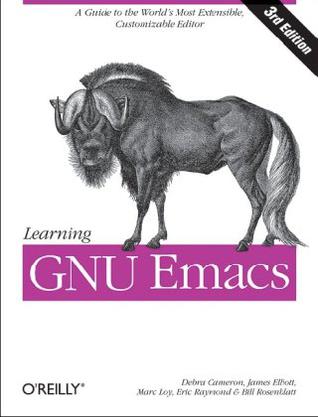
Learning GNU Emacs Third Edition
The third edition of Learning GNU Emacs describes Emacs 21.3 from the ground up, including new user interface features such as an icon-based toolbar and an interactive interface to Emacs customization. A new chapter details how to install and run Emacs on Mac OS X, Windows, and Linux, including tips for using Emacs effectively on those platforms. GNU Emacs is the most popular and widespread of the Emacs family of editors. It is also the most powerful and flexible. Unlike all other text editors, GNU Emacs is a complete working environment--you can stay within Emacs all day without leaving. Learning GNU Emacs, 3rd Edition tells readers how to get started with the GNU Emacs editor. It is a thorough guide that will also "grow" with you: as you become more proficient, this book will help you learn how to use Emacs more effectively. It takes you from basic Emacs usage (simple text editing) to moderately complicated customization and programming. The third edition of Learning GNU Emacs describes Emacs 21.3 from the ground up, including new user interface features such as an icon-based toolbar and an interactive interface to Emacs customization. A new chapter details how to install and run Emacs on Mac OS X, Windows, and Linux, including tips for using Emacs effectively on those platforms. Learning GNU Emacs, third edition, covers: * How to edit files with Emacs * Using the operating system shell through Emacs * How to use multiple buffers, windows, and frames * Customizing Emacs interactively and through startup files * Writing macros to circumvent repetitious tasks * Emacs as a programming environment for Java, C++, and Perl, among others * Using Emacs as an integrated development environment (IDE) * Integrating Emacs with CVS, Subversion and other change control systems for projects with multiple developers * Writing HTML, XHTML, and XML with Emacs * The basics of Emacs Lisp The book is aimed at new Emacs users, whether or not they are programmers. Also useful for readers switching from other Emacs implementations to GNU Emacs. -

GCC技术参考大全
GCC技术参考大全,ISBN:9787302088431,作者:(美)Arthur Griffith著;胡恩华译;胡恩华译 -
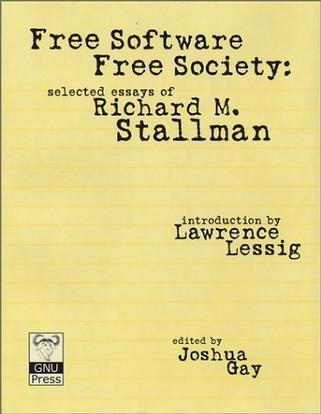
Free Software, Free Society
The intersection of ethics, law, business and computer software is the subject of these essays and speeches by MacArthur Foundation Grant winner, Richard M. Stallman. This collection includes historical writings such as The GNU Manifesto, which defined and launched the activist Free Software Movement, along with new writings on hot topics in copyright, patent law, and the controversial issue of "trusted computing." Stallman takes a critical look at common abuses of copyright law and patents when applied to computer software programs, and how these abuses damage our entire society and remove our existing freedoms. He also discusses the social aspects of software and how free software can create community and social justice. Given the current turmoil in copyright and patent laws, including the DMCA and proposed CBDTPA, these essays are more relevant than ever. Stallman tackles head-on the essential issues driving the current changes in copyright law. He argues that for creativity to flourish, software must be free of inappropriate and overly-broad legal constraints. Over the past twenty years his arguments and actions have changed the course of software history; this new book is sure to impact the future of software and legal policies in the years to come. Lawrence Lessig, the author of two well-known books on similar topics, writes the introduction. He is a noted legal expert on copyright law and a Stanford Law School professor. -
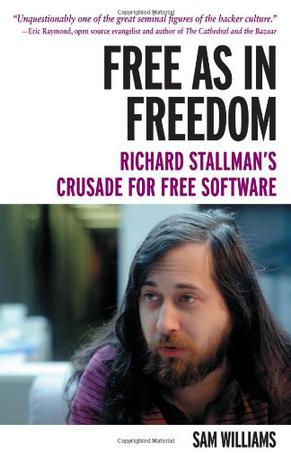
Free as in Freedom
This text interweaves biographical snapshots of GNU project founder Richard Stallman with the political, social and economic history of the free software movement. Starting with how it all began - a desire for software code from Xerox to make the printing more efficient - to the continuing quest for free software that still exists today. The goal of the book is to document how Stallman's own personal evolution has done much to shape notions of what free software is and should be. Like Alan Greenspan in the financial sector, Stallman has assumed the role of tribal elder in a community that bills itself as anarchic and immune to central authority. This book looks at how the latest twists and turns in the software marketplace have done little to throw Stallman off his pedestal. Discover how Richard's childhood and teenage experiences as well as his years at Harvard and MIT made him the man he is today. The book's narrative style includes many quotes from Richard and his mother about his life, education, and work providing a look at RMS and Free Software Foundation (FSF). Throughout the book are insights from FSF supporters, detractors, the early MIT hackers, and those who knew him in high school and college. If anything, the current software marketplace has made Stallman's logic-based rhetoric and immovable personality more persuasive. In a rapidly changing world people need a fixed reference point, and Stallman has become that reference point for many in the software world. -
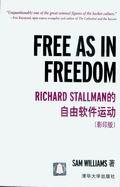
Free As In Freedom
为什么微软公司的管理层晚上睡觉的时候会担心一个长发的、名叫Richard Stallman的反叛高手?为什么世界最聪明的程序员都尊敬地将此人称为“St.Ignucius”?这样一个倔强的、少年老成的男孩是如何迷恋于开发出能打败软件巨人的优秀产品的?本书就将跟随着这位古怪天才的革命之路,看看他如何从一个孤僻的开才到流浪十年,最终成为受人尊敬又饱受非议的改革者。通过全方位地接触Stallman、他的家庭、追随他的程序高手和业界勾勒了了一位改变了世界的自由斗士的肖像。没有人会对这位备受争议的自由软件基金会的创始人无动于衷。作为优秀的程序员,MacArthur天才奖获得者,自称自闭症边缘人士,Stallman是这场通过彻底改变软件游戏规则来击败微软件的斗争中的开路先锋。对于Stallman来说,自由软件只是一种精神上的需要。自从1980年遇到非免费的打印机软件开始,他就将自己的一生投入到消灭私有代码的斗争中去。在救世主意愿的驱使下,再加上他世界级的编程水准,以及不可思议的号召力,Stallman的自由运动获得了每一位程序员的支持。1983年,Stallman发布了GNU Maniffesto,发起了一个大胆的项目,目的是开发出一种免费的用于替代Unix操作系统的产品。而且他在他自己的软件许可(即GPL,General Public License)中插入copyleft一词,从而他向传统的知识产权系统发起了挑战。微软公司的首席技术官员Craig Mundie称此举是“对独立商用软件构成的根本性破坏。”这本煽动性的编年史以一种新的视角让其崇拜者和反对者重新认识这位神秘的高科技罗宾汉,让读者重新理解他当初要重塑软件产业未来的诺言。资深自由作者Sam Williams花了很多年的时间来研究高技术产业的未来,特别关注了软件开发问题。他为Upside Today和BeOpen.com等出版物撰写固定的专栏。他还是Arguing A.I.:The Battle for Twenty-First Century Science一书的作者。